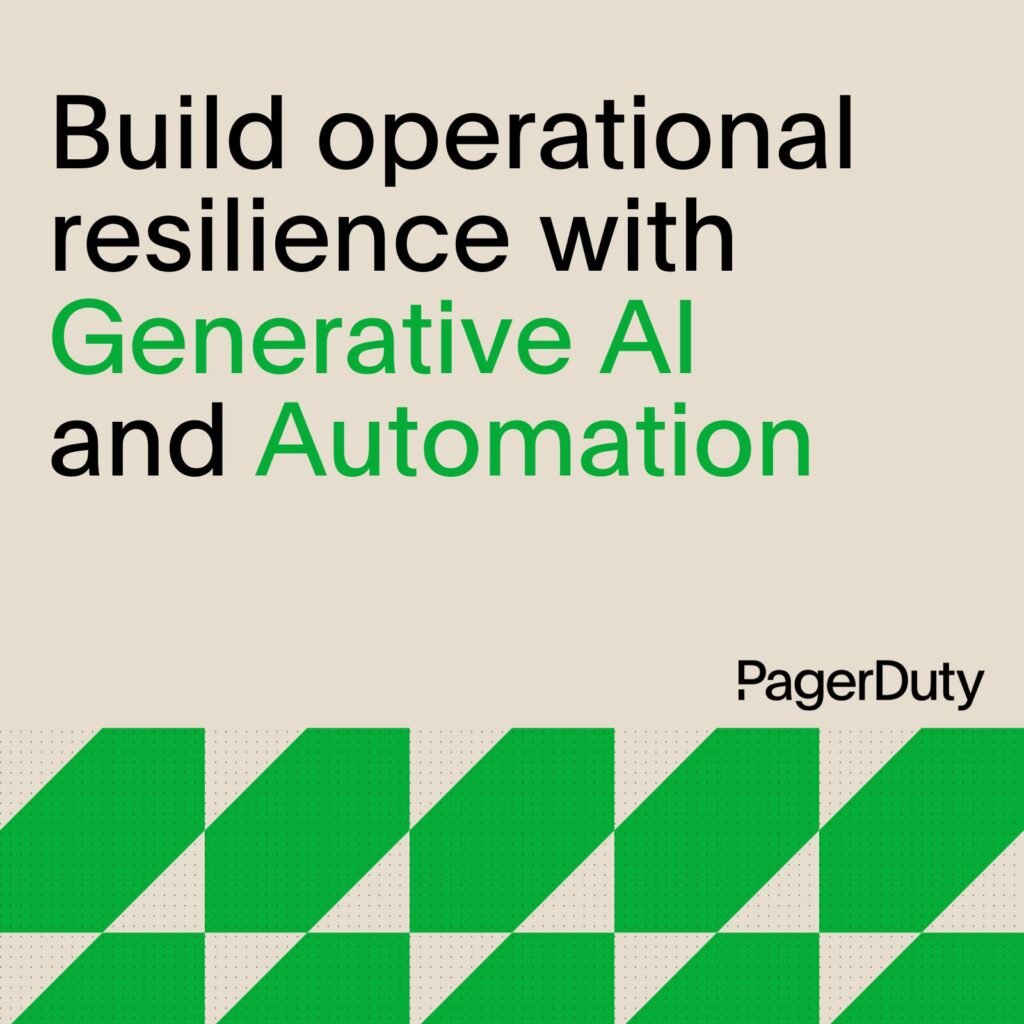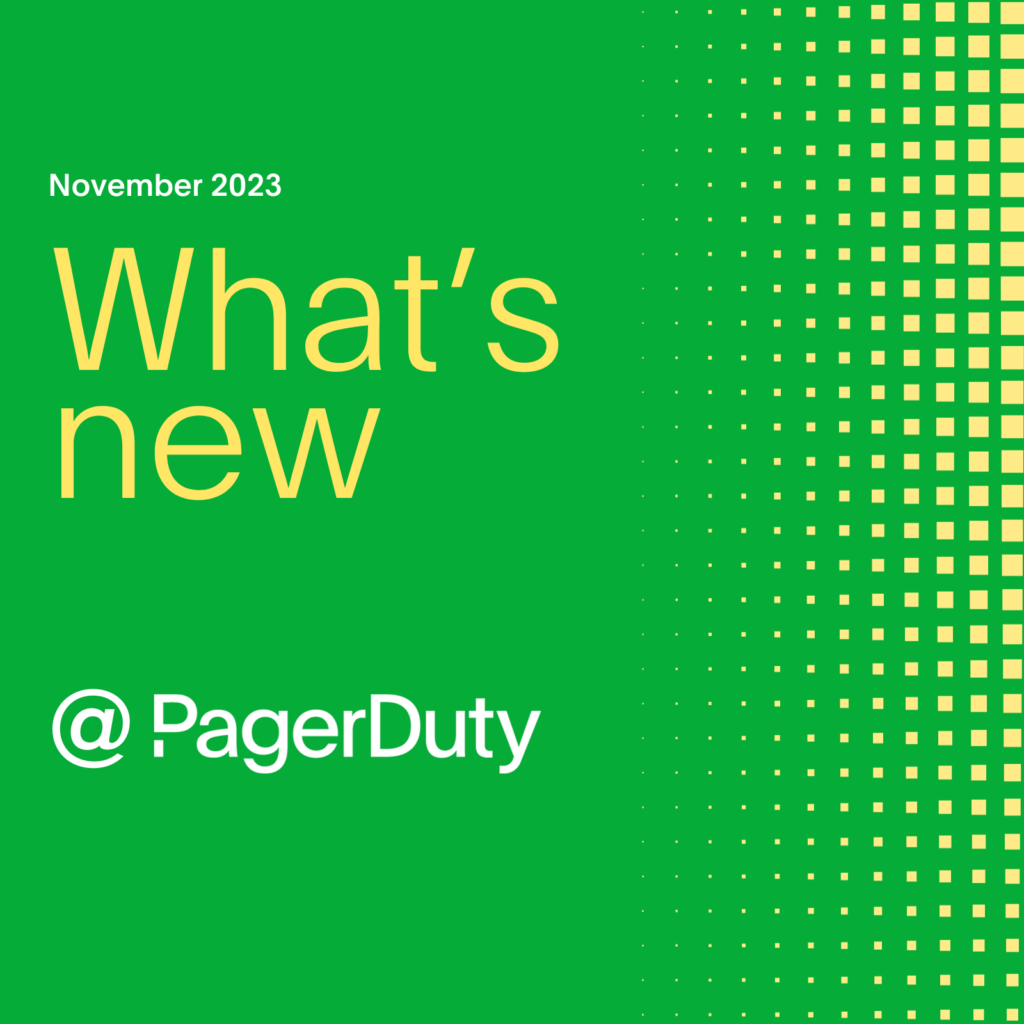Summit Day Two: New Integrations and Developer Platform to Bring Real-Time Work to More People
Yesterday, we kicked off PagerDuty Summit by launching new features that support the themes of Visibility and Intelligence. If you missed the keynotes or want to know more, check out this blog post.
Today, we are making several announcements around two other themes that our CEO Jennifer Tejada touched on during her keynote yesterday: Platform and People. In fact, these themes are so closely related that we refer to them as one—that PagerDuty is a platform for people to do real-time work. What does this mean?
As we mentioned yesterday, digital businesses today are always on and innovating rapidly. Innovation can delight customers, but customers also expect a seamless experience. We know this because we are all customers, too, and are exceedingly unhappy in any situation where the divide between the technology arm of a company and the rest of the business is laid bare.
For example, think about the last time you encountered a server error, but when you called the customer service number, the agents weren’t even aware that there was an outage. It’s critical that companies bring along all the employees who might be involved in real-time work—and they can do this by extending incident communications outside of technical response.
This is why we’re making more investments in this space: Earlier this year, we announced the PagerDuty Solution for Business Response. That’s why we introduced PagerDuty Solution for Customer Service yesterday, in collaboration with our partners at Zendesk and Salesforce Service Cloud. You can read more about it here.
Additionally, bringing more users into PagerDuty, particularly non-technical ones, means it’s increasingly important that they can work where they are. Today, people no longer use PagerDuty on only a web browser. They expect to be able to interact with PagerDuty through mobile applications and chat applications like Slack, no matter where they are. Or if our customers use other software like ServiceNow, they expect to be able to use all PagerDuty functions without leaving those interfaces.
To help support the way our customers want to work, we announced prior to Summit that our Slack integration is now generally available. We are also pleased to reveal our updated mobile application, with new branding, light mode, improved business and technical service interfaces for non-technical users, as well as two new ringtones (which are the winners of our ringtone contest!).
Finally, as every business becomes a real-time business, we are seeing more teams outside of ITOps and DevOps using PagerDuty. Customers now use PagerDuty to alert them with problems in their supply chains, IoT devices, aquaculture, customer service, and more. These are all exciting use cases that our integration partners are eager to tap into so they can leverage PagerDuty’s real-time operations data for use in their own applications.
To that end, we are announcing the launch of the PagerDuty Developer Platform, which streamlines the workflow for developers looking to build integrations with the overall PagerDuty platform. If you’re a developer, you can sign up for a developer account on our new portal, developer.pagerduty, and learn more about building integrations there.


Taken together, these innovations truly bring people of different skillsets together onto one platform for real-time work. PagerDuty’s mission is to elevate work to outcomes that matter. And without a human element to it, all the technological innovations—machine learning, automation, intelligence—would still miss the ultimate goal of bringing people together to create amazing customer experiences.


